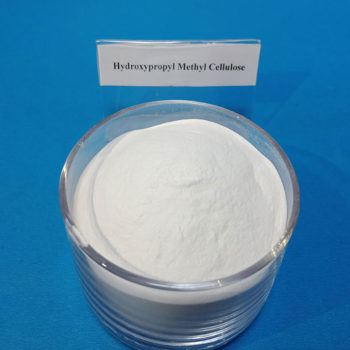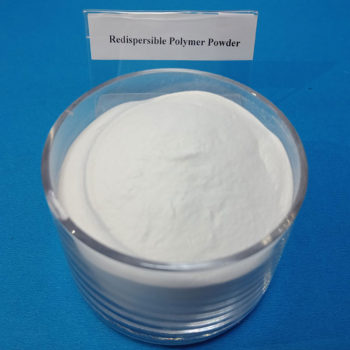China cellulose ether manufacturer
China HPMC factory,have a daily output 150 tons,our products including Hydroxypropyl Methyl Cellulose (HPMC), Redispersible Polymer Powder (RDP) ,which can be widely used in building materials such as dry mix mortar, gypsum based plaster, wall putty, tile adhesive, cement mortar, EIFS, detergent and so on.


HPMC (Hydroxypropyl Methyl Cellulose) in Building Materials
HPMC (Hydroxypropyl Methyl Cellulose) in Building Materials
Introduction:
Hydroxypropyl Methyl Cellulose (HPMC) is a versatile additive extensively used in the construction industry. Its unique properties make it an indispensable component in various building materials. Let's delve into its applications in detail:
1. Mortars and Renders:
-
Water Retention: HPMC acts as a water retention agent in mortars and renders, preventing rapid evaporation and ensuring adequate hydration of cementitious materials.
-
Thickening: It improves the viscosity of the mix, reducing sagging and enhancing workability during application.
-
Adhesion Enhancement: HPMC improves the adhesion between the mortar/render and substrates, resulting in stronger bonds and reduced risk of delamination.
-
Crack Resistance: By enhancing the flexibility and cohesion of the mortar, HPMC helps minimize shrinkage cracks, improving the durability of the finished surface.
2. Tile Adhesives and Grouts:
-
Water Retention: In tile adhesives and grouts, HPMC improves water retention, allowing for better hydration of cementitious materials and prolonged open time.
-
Improved Workability: HPMC enhances the workability of tile adhesives, ensuring easier application and better coverage.
-
Bond Strength: It promotes strong adhesion between tiles and substrates, ensuring long-lasting installations.
-
Resistance to Sagging: HPMC reduces sagging of tile adhesives, particularly on vertical surfaces, ensuring uniform tile placement.
3. Gypsum Products:
-
Water Retention: HPMC controls the rate of water absorption in gypsum-based materials, improving workability and reducing cracking.
-
Enhanced Workability: It enhances the spreadability and workability of gypsum mixes, facilitating smoother application and finishing.
-
Improved Strength: HPMC contributes to the overall strength and durability of gypsum products, resulting in better performance over time.
4. Cement-based Products:
-
Self-Leveling Compounds: HPMC improves flow and leveling properties in self-leveling compounds, ensuring smooth and even surfaces.
-
Joint Compounds: In joint compounds for drywall installation, HPMC acts as a thickener and binder, providing better workability and adhesion.
-
Enhanced Durability: HPMC enhances the durability and weather resistance of cement-based products, extending their service life.
5. Exterior Insulation and Finish Systems (EIFS):
-
Crack Resistance: HPMC improves the flexibility and crack resistance of EIFS coatings, ensuring long-term performance in various weather conditions.
-
Water Resistance: It enhances the water resistance of EIFS coatings, protecting underlying substrates from moisture damage.
Conclusion:
Hydroxypropyl Methyl Cellulose (HPMC) is a crucial additive in building materials, offering a wide range of benefits such as water retention, thickening, and adhesion enhancement. Its applications in mortars, renders, tile adhesives, and other construction products contribute to improved workability, durability, and overall quality of building projects.